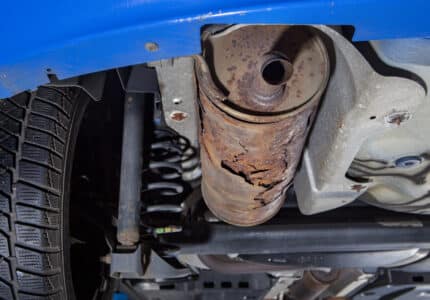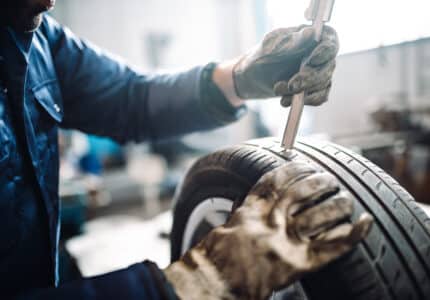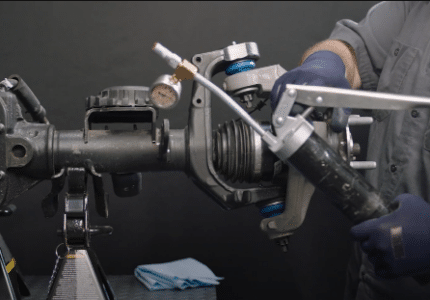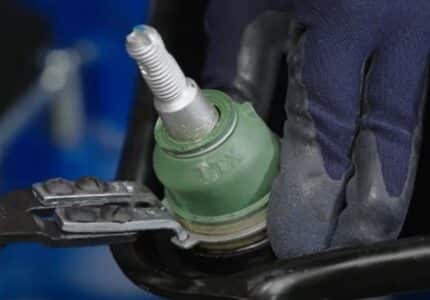BACK IN LINE! EVERYTHING YOU NEED TO KNOW ABOUT ALIGNMENTS
We all know that feeling of driving a vehicle that is out of alignment, and struggling with a steering wheel that vibrates, pulls to one side or fails to return to center. A proper alignment is important to the health of your vehicle and tires, puts less strain on your steering and suspension components and promotes better fuel efficiency. In our on-demand webinar, our experts cover everything you need to know about alignments to restore your smooth, straight and even ride.
What is a wheel alignment?
An alignment adjusts the angles of the wheels to ensure your vehicle travels straight down the road without drifting or pulling to one side.
When is a wheel alignment needed?
If you install a new set of tires, replace any steering or suspension components, experience drivability issues, notice irregular tire wear or if your suspension has suffered a hard impact, then you need an alignment.
Pre-alignment checks
Before performing an alignment, it is important to inspect tires and wheels, check all steering and suspension components for wear or damage, look for excessive weight in passenger and cargo areas and verify curb height is within spec.
ALIGNMENT ANGLES DEFINED
Toe:

Toe is a comparison of the distances between the front and rear on a pair of tires, measured in ± degrees (± °). Front toe is adjustable on all vehicles, while rear toe is only adjustable on some. Excessive toe-in accelerates wear on the outer tire edges, while excessive toe-out will wear the inner tire edges.
Setting toe is done by altering the length of the tie rod assembly. When the steering assembly is behind the pivot point, shorten the assembly to toe-out and lengthen the assembly to toe-in.
Camber:
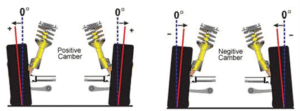
Camber is the inward or outward tilt of a tire at the top, measured in ± degrees. It is not adjustable on all vehicles. Positive camber is when the top of the tire tilts outward, causing pull to the right and wear on the outer tire edges. Excessive negative camber will reduce grip during acceleration and braking and will result in aggressive wear on the tire’s inner edge.
Camber can be adjusted on a MacPherson strut system by using an eccentric bolt on the upper strut bolt location, causing the steering knuckle to pivot on the lower strut bolt. SLA (Short/Long Arm) or double wishbone suspensions may use eccentric cams on the control arm bushings or sometimes shims to adjust camber.
Caster:

Caster is the forward or rearward tilt of the spindle support arm, measured in ± degrees. Most vehicles are set to have positive caster (between 3 – 5°). Positive caster is when the top of the spindle is tilted to the rear and falls behind the point of true vertical. This helps wheels return to center when moving forward and improves straight line stability at high speeds.
Negative caster is when the top of the spindle is tilted to the front and leads ahead of true vertical. This is good for immediate turning, but is unstable at high speeds, may cause shimmy or wander and pulling to one side.
On a McPherson strut system, caster can be adjusted by moving the upper portion of the strut in its mounting position on the chassis using special adapters. Some vehicles may use a radius or strut rod to adjust caster.
Secondary angles:
There are also lesser-known angles to consider.
- Thrust Angle (Tracking): The direction of thrust set by the rear wheels compared to the center line of the vehicle.
- Steering Axis Inclination: The amount the spindle support arm leans in at the top.
- Turning Radius (Ackermann Angle): The alignment angle that controls the arc traveled.
TYPES OF ALIGNMENT
For all alignments, make sure you first check the vehicle’s service manual for angle specifications and the correct adjustment points.
- 2-Wheel: A 2-wheel alignment, or front-end alignment, is usually the option when working on vehicles with a solid or mono beam rear axle. The thrust line should be checked, then set caster, followed by camber and toe on the front wheels.
- 4-Wheel: A 4-wheel alignment is for vehicles with front and rear independent suspension systems. The thrust line should be checked, then starting with the rear wheels adjust for camber and toe. Once the rear wheels have been set adjust the front wheels, by first setting caster, followed by camber and toe.
SUMMARY
Correct wheel alignment is essential for a smooth and straight ride. It also guards against unnecessary tire wear, ensures better fuel efficiency and reduces strain on suspension components. While not all alignment angles are adjustable on all vehicles, there may be aftermarket solutions available. Want to know more? Watch our webinar, Back In Line! Everything You Need to Know About Alignments.

